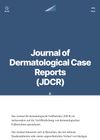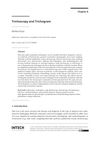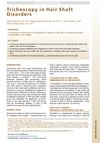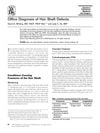Update on Detection, Morphology, and Fragility in Pili Annulati in Three Kindreds
September 2004
in “
Journal of the European Academy of Dermatology and Venereology
”
TLDR Careful light microscopy is crucial for detecting mild cases of pili annulati, which weakens hair and varies widely in expression.
The study examined 11 cases of pili annulati from three families to understand the expression and detection of the phenotype and hair shaft fragility. Light microscopy with a fluid mountant was found to be more sensitive than clinical examination, increasing detection by 120%. The characteristic periodic bands in the hair shaft were less frequent distally, and weathering features were observed in two cases, indicating that pili annulati can weaken hair. Amino acid analysis showed elevated lysine and decreased cystine in affected individuals compared to controls, suggesting a reduced threshold for weathering. The study concluded that careful light microscopy is essential for detecting mildly affected individuals, and the expression of the phenotype varies widely.




